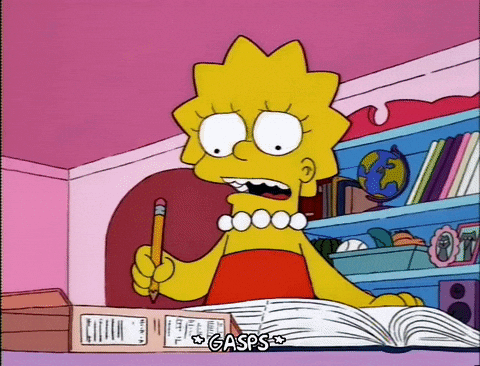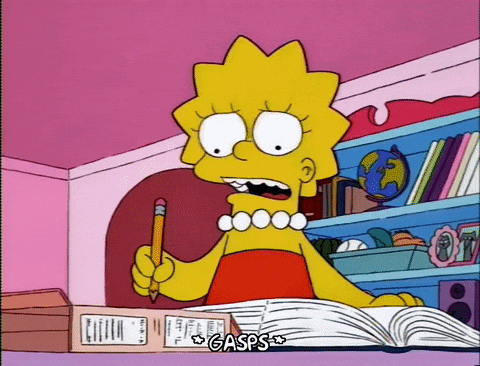
Additional needs: SEO, interlinking, publishing, etc.
Even after the piece is polished, there’s so much more to do.
A larger $500 piece could include:
-
Creating a header image in Canva
-
Sourcing photos or GIFs for the content
-
Taking product screenshots and cropping them
-
Adding internal links in the correct places
-
Uploading & formatting the article in their CMS
-
SEO-optimization in a tool like Surfer (this sometimes takes ages!)
Plus, this ONE point not many people talk about: Professionalism
I believe there is one cardinal rule to freelance writing: You must meet the deadline. Yes, emergencies come up. People catch the flu. Things get in the way.
Professional writers are very good at communication. If you absolutely can’t make the deadline, you need to let editors know ASAP – not on the due date.
Professional writers may also suggest ideas for graphics or changes to outlines based on their research, among other things, to improve a piece.
Professional writers are reliable. They invoice on time, have availability, and never just bail.
It’s exhausting to constantly vet new writers, so having a roster of professionals who have availability, can meet deadlines, AND produce great work is the ultimate goal.
Timeline
Speaking of deadlines, what does that look like?
Here’s my ideal writing time for engaging, well-strategized, proofread content.
-
Day 1: Create an outline & add in research/data points.
-
Day 2: Write the first draft.
-
Day 3: Do nothing. Let it rest.
-
Day 4: Make edits and complete the piece.
-
Day 5: Proofread & submit.
In reality, it looks more like this:
-
Day 1: Create an outline, research, write a half-draft.
-
Day 2: Finish the draft.
-
Day 3: Edit, proofread, submit.
Many days, it looks like this:
-
Day 1: Create an outline, research, write a draft.
-
Day 2: Edit, proofread, submit.
You’ll see that leaving a day between finishing a draft and editing a piece down to a complete version is a crucial step in any of my timelines. This “marination” period helps you come back to a piece with fresh eyes, rested and ready to sift away the bad sentences from the good and edit with precision and speed.
Side note:
We are definitely doing other tasks on these days, okay? Creative output tends to plummet at around 4 hours a day. Sometimes a writer can write for 5. So what I try to do is write a piece for half of the day, if needed, and edit a different piece in the afternoon or work on more monotonous (non-creative) tasks.
Same-Day Turnaround
There are instances where companies need to run a tight ship — content calendars churning out daily SEO needs, breaking news, and PR-related topics, for example.
I totally understand needing a lightning-fast writer to get ‘er done. I don’t work in these industries, but I’m no stranger to hopping online at 10 PM to help a client with a last-minute change.
There are instances of in-house writers creating content for their brands same-day. In my experience, those are typically 500-750 words and repeat a lot of the same information they have across other posts or sales pages. Writing every day for the same brand makes this process a lot faster.
I wrote this one in a couple of hours while on retainer, this one while in-house. I write all my own blog pieces within hours. It’s not magic. It’s experience.
But then… there are unrealistic expectations (little understanding of what goes into writing), lack of planning, or acceptance of low standards.
In my mid-20s, I was almost exclusively writing low-standard content. Product reviews and zero-research blog posts based on surface level topics. I got paid something like $.10 a word. To be honest, I was happy; I was happy to be paid to write! We all start somewhere!
But I believe staying in this cycle of churning out thousands of words a day is what leads most freelance writers to creative burnout.
Then they seek higher paying clients.
And even then, they seek other revenue streams.
Good writing should not be rushed. It should be prepared, formulated, and refined.
If you’re a writer aiming for $500+ per article, know this: it’s not just about being a great writer—it’s about being a marketer, researcher, strategist, and problem-solver. Clients pay for expertise, not just words.
